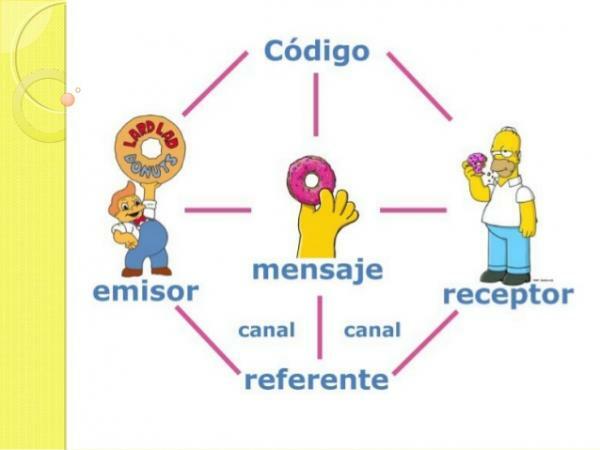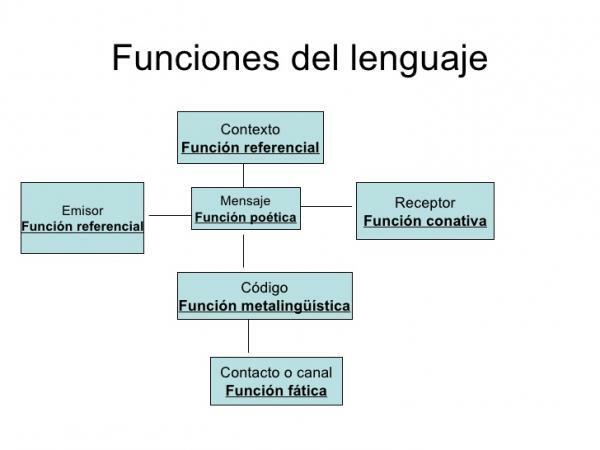Language functions according to Roman Jakobson - SHORT SUMMARY

Image: SlidePlayer
Every time language is used it is done with an intention different depending on whether the focus of the message is on the sender, the receiver, the message itself, etc. These different purposes are known as linguistic functions, and they depend on the factors of communication. Many linguists (including Karl Bühler, Roman Jakobson, and Michael Halliday) have developed theories around these concepts. In this lesson from a TEACHER we will focus on the typology of language functions according to Roman Jakobson.
Since each of the functions of language corresponds to one of the communication factors, we will begin by explaining the latter. The factors are the elements that intervene in any communication process. Jakobson considers the following:
- Transmitter: the sender is the element that transmits the message. It can be a person, an institution, a means of communication, an object, etc.
- Receiver: the receiver is the recipient, the person or persons who receive the message and interpret it.
- Message: the message is the information that is transmitted.
- Channel: the channel or contact is the vehicle through which the message is transmitted. It can be natural (like the air in a conversation) or artificial (like the paper in a written text or a telephone).
- Code: the code is composed of a set of signs and rules that allow the elaboration of the message. The sender and receiver have to share the same code for the message to be transmitted correctly, that is, the receiver can decode the information encoded by the sender.
- Context: the context is the situation surrounding the act of communication. It is influenced by both linguistic and extralinguistic circumstances.

Image: Slideshare
Typically, speakers place the emphasis on one of the factors more than the others, which leads to the differentiation of six linguistic functions. Keep in mind that in a message there is not always a single function, but rather that these appear mixed. In these cases, it is considered that there is a predominant function, while the rest are secondary. These are the language functions established by Jakobson:
- Expressive or emotional function: This is the function that focuses on the transmitter. In the message, the information of the objective facts takes a backseat and the attitude, feelings and opinion of the speaker regarding what he is saying are emphasized. The expressive is, therefore, the function most present in the colloquial register.
- Appellate or conative function: This is the function that focuses on the receiver. The speaker seeks to influence the behavior of the listener, provoke a response. The appeal function is present when we call someone, when we ask something, when we ask for something, when we prohibit or order something and when we give advice. It is very present in the advertising language, as well as in the colloquial language.
- Poetic function: This is the function that draws attention to the message for an aesthetic purpose. It is the proper function of literature, especially of poetry.
- Phatic or contact function: This is the function that focuses on the channel. When they have this function, the messages seek to establish, extend or close a communication channel between the sender and the receiver. The phatic function is very common in expressions of courtesy (conventions, greetings, expressions to establish telephone contact) and in the talk that occurs exclusively to maintain a relationship Social.
- Metalinguistic function: This is the function that focuses on the code. In this case, the code also works as a reference, that is, we talk about the language using it. This ability of verbal language to speak about itself is known as reflexivity. This function is very present in academic environments, grammars and dictionaries.
- Representative or referential function: This is the function that focuses on the context or referent. The message contains information as objective as possible about the extralinguistic reality. It is considered an unmarked function, since it does not have many of the linguistic resources that the other functions do. It is the proper function of scientific and technical language.

Image: Slideshare



